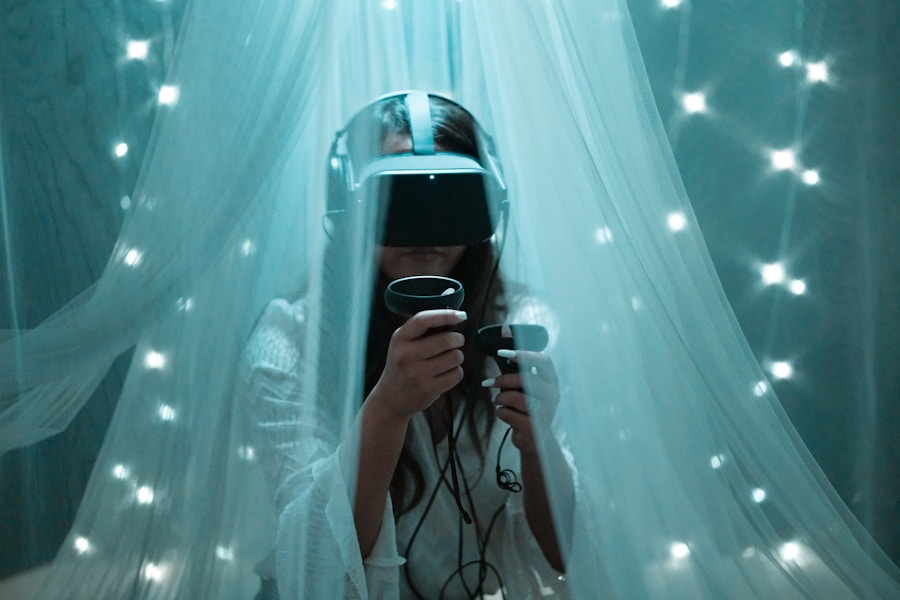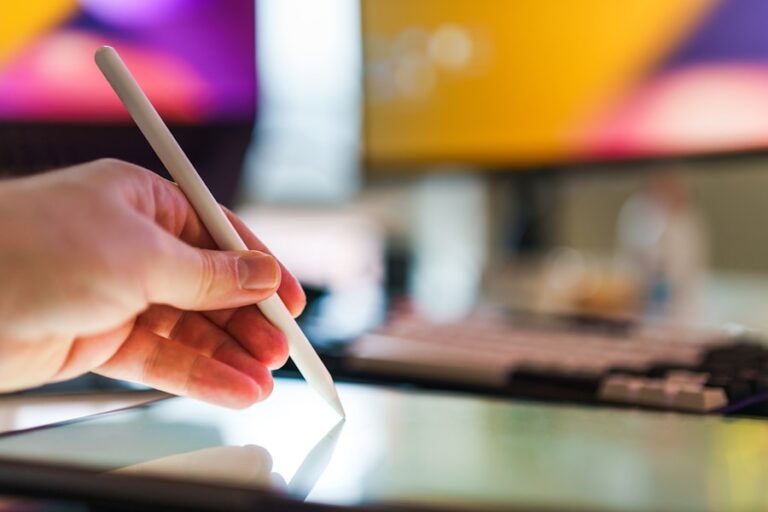Exploring the World of Digital Art: A Virtual Gallery Tour
Digital art is a form of artistic expression that utilizes digital technology as a medium. It encompasses a wide range of artistic practices, including digital painting, 3D modeling, animation, and interactive installations. Unlike traditional art forms, digital art is created and displayed using electronic devices such as computers, tablets, and projectors. This allows for greater flexibility and experimentation in the creative process, as artists can easily manipulate and edit their work using software programs. Digital art has become increasingly popular in recent years, as advancements in technology have made it more accessible to a wider audience. It has also opened up new possibilities for collaboration and interaction between artists and viewers, as digital art can be easily shared and experienced online.
Navigating the Virtual Gallery
One of the unique aspects of digital art is the ability to showcase and experience it in virtual galleries. These online platforms allow artists to exhibit their work to a global audience, without the limitations of physical space. Navigating a virtual gallery is a different experience from visiting a traditional art gallery, as viewers can explore the artwork from the comfort of their own homes. They can interact with the artwork by zooming in on details, reading artist statements, and even purchasing pieces directly from the website. Virtual galleries also offer a more immersive experience through the use of virtual reality technology, allowing viewers to feel as though they are walking through a physical gallery space. This accessibility has made digital art more inclusive and has expanded its reach to a wider and more diverse audience.
The Evolution of Digital Art
The evolution of digital art can be traced back to the 1950s, when artists began experimenting with computer technology as a tool for creating visual art. Early pioneers such as Frieder Nake and Georg Nees used algorithms and computer programs to generate abstract images and patterns. As technology advanced, so did the possibilities for digital art, with the development of software programs such as Adobe Photoshop and Illustrator in the 1980s. These tools allowed artists to create and manipulate images with greater precision and control, leading to the rise of digital painting and graphic design. The introduction of 3D modeling software in the 1990s further expanded the scope of digital art, enabling artists to create immersive virtual environments and interactive installations. Today, digital art continues to evolve with the integration of new technologies such as virtual reality, augmented reality, and artificial intelligence.
Exploring Different Styles and Techniques
Digital art encompasses a wide range of styles and techniques, reflecting the diversity of artistic practices in the digital realm. Digital painting, for example, allows artists to create realistic or abstract images using digital brushes and color palettes. This technique is often used to mimic traditional painting styles, but with the added benefits of unlimited undo/redo options and the ability to work in layers. 3D modeling, on the other hand, involves creating three-dimensional objects and environments using specialized software programs. This technique is commonly used in animation, video games, and virtual reality experiences. Other styles of digital art include generative art, which uses algorithms to create dynamic and ever-changing images, and interactive installations that invite viewers to engage with the artwork through touch or motion sensors. The versatility of digital art allows artists to explore new possibilities and push the boundaries of traditional artistic practices.
Interacting with Digital Art
Interacting with digital art offers a unique and immersive experience for viewers. Unlike traditional art forms, digital art often invites viewers to actively engage with the artwork through touch, motion, or even sound. Interactive installations, for example, encourage viewers to become part of the artwork by triggering changes in the visual or auditory elements. This creates a dynamic and participatory experience that blurs the boundaries between the artist and the audience. Virtual reality technology takes this interaction to another level by allowing viewers to physically move through a digital environment and interact with objects in a three-dimensional space. This level of immersion can evoke strong emotional responses and create lasting impressions on the viewer. Additionally, digital art can be experienced in a more personal and intimate way through the use of mobile devices, as viewers can explore artwork at their own pace and in their own space.
The Impact of Technology on Art
The impact of technology on art has been profound, particularly in the realm of digital art. Technology has not only expanded the possibilities for artistic expression but has also transformed the way art is created, shared, and experienced. The accessibility of digital tools has democratized the creative process, allowing artists from diverse backgrounds to explore new mediums and techniques. It has also facilitated collaboration and communication between artists and viewers on a global scale, breaking down barriers of time and space. The integration of technology has also challenged traditional notions of authorship and originality in art, as digital artworks can be easily reproduced and shared across multiple platforms. This has sparked debates about copyright laws and ownership rights in the digital age. Despite these challenges, technology has undoubtedly enriched the artistic landscape by fostering innovation and experimentation.
The Future of Digital Art
The future of digital art holds endless possibilities as technology continues to advance at a rapid pace. The integration of artificial intelligence into artistic practices has already begun to reshape the way art is created and experienced. AI algorithms can generate unique visual patterns and compositions that challenge human creativity, leading to new forms of collaboration between artists and machines. Virtual reality technology is also poised to revolutionize the way we interact with digital art, offering more immersive and interactive experiences for viewers. As digital art becomes more integrated into our daily lives, it will continue to push boundaries and redefine our understanding of artistic expression. The future of digital art is not only exciting but also full of potential for innovation and discovery. As technology continues to evolve, so too will the possibilities for digital art to inspire and captivate audiences around the world.





